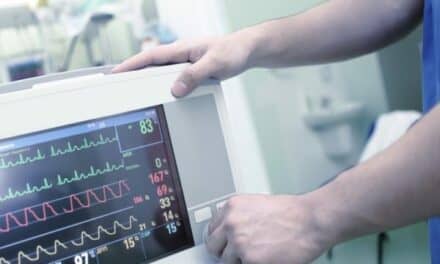 |
Preventable medical errors are a leading cause of death in the United States. In 2002, The Joint Commission issued a Sentinel Event alert summarizing the results of a root-cause analysis of 23 ventilator-related deaths in the United States. The Joint Commission’s findings underscore the problem of human error, and emphasize the need for hospitals and other health care facilities to implement a rigorous program of staff training and ventilator maintenance. Of the root-cause analysis, 87% of the contributing factors were related to inadequate orientation/training processes. While mechanical ventilators comprise only a portion of the equipment serviced and maintained by biomedical professionals, The Joint Commission’s call to reduce error crosses all boundaries in the biomedical field.
When mentally picturing members of the clinical team, we usually think of physicians, nurses, radiology technicians, respiratory therapists, etc, and may not automatically think of the biomedical technician. Thus, when the term “medical error” is used, we may tend to associate it with a clinical setting such as the ICU, surgery, etc. However, this term should provoke the thought of opportunity. There are indeed endless possibilities to assist the clinical team in decreasing error. Even in a perfect setting where the equipment has been checked and deemed 100% functional by the biomedical or clinical engineering department, an information gap may remain between technical and clinical staff. These gaps may present themselves as communication, technical, or experience barriers. We may close the gap by looking for ways to improve our familiarity with the clinical side of things while helping clinicians understand the more technical side.
The first step that we must take is to look beyond just “fixing the box.” We must integrate ourselves more closely to medical staff. Building relationships with those we serve helps increase trust and improves our knowledge base with the clinical aspect of patient care. We must learn what the equipment we service is supposed to do for the clinician. When trusting relationships are built, people tend to be more open about what they may not understand and feel at liberty to ask questions. An answered question is possibly a prevented medical error.
In order to gain a better understanding and begin to answer The Joint Commission’s challenge, CHRISTUS Health biomeds working at CHRISTUS St Michael Health Care Center conducted a retrospective review of service requests related to mechanical ventilators. A total of 127 service requests from January 1, 2003, to September 31, 2006, identified specific ventilator-related problems associated with biomedical service calls. Information from the requests was sorted and classified according to type, preventability of error, and potential of user correction prior to generating a biomedical service call.
From this review, 63, or 49.6% of the service requests were pronounced “preventable,” and four primary categories for error classification were developed: setup, power, patient circuit, and settings.
The taxonomy of error was used to develop a program to help respiratory therapists learn basic troubleshooting skills pertaining to a specific model of ventilator. A pretest covering common issues encountered while the ventilator is in use was given to ascertain initial competency. A troubleshooting in-service from a biomedical technician followed the pretest. Finally, a post-test was administered to verify the level of competency improvement. A total of 13 respiratory therapists participated in the training, resulting in a 90% improvement in troubleshooting skills. The respiratory therapy department has provided very positive feedback for this program, and good working relationships have developed between the respiratory and biomed departments.
This is only one small example of the many ways biomeds may contribute to the clinical area in reducing possible error. The idea is to contribute and integrate into the clinical team. The reduction in error will benefit patients, as well as decrease time and costs associated with reprocessing equipment, use of disposables, unnecessary repairs, and possible litigation.
In venturing to answer The Joint Commission’s call to reduce error, the biomed has the opportunity to play a key role. My challenge is this: The next time you have a few minutes, visit the departments you service, get to know the clinicians, and learn more about what they do. You might be surprised at the relationships you build and the things you both learn.
Kelly Wright, CBET, RRT, is a biomedical technician II at CHRISTUS St Michael Health System, Texarkana, Tex. For more information, contact





